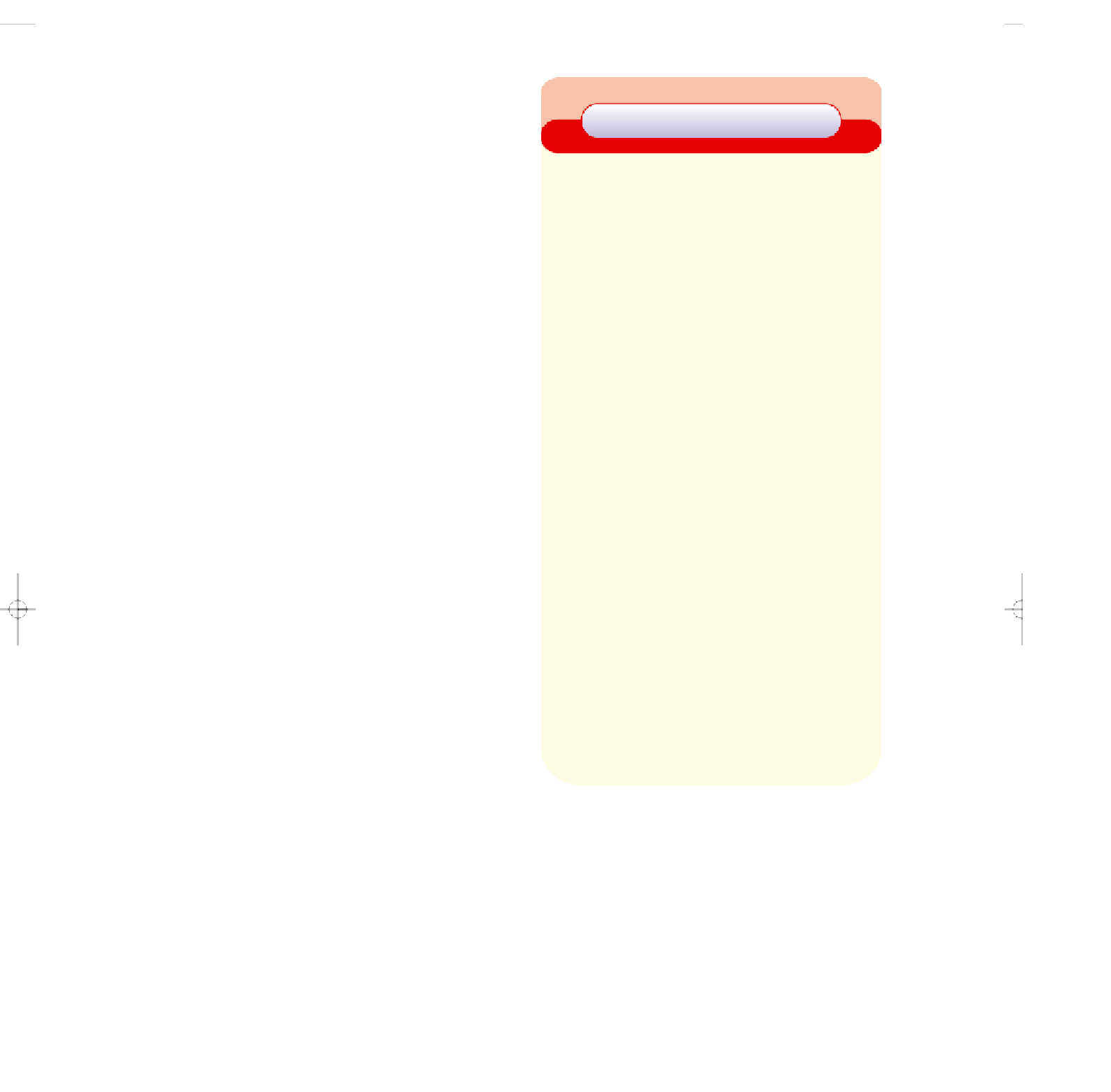Environmental Engineering Reference
In-Depth Information
In 1984, researchers analyzing satellite data discovered
that 40-50% of the ozone in the upper stratosphere
over Antarctica disappeared during September and
November. This observed loss of ozone above Antarc-
tica has been called an
ozone hole.
A more accurate term
is
ozone thinning
because the ozone depletion varies
with altitude and location.
Measurements indicate that CFCs and other ozone-
depleting chemicals (ODCs) are the primary culprits.
When partial sunlight returns in October, huge masses
of ozone-depleted air above Antarctica flow northward
and linger for a few weeks over parts of Australia, New
Zealand, South America, and South Africa. This raises
biologically damaging UV-B levels in these areas by
3-10% and in some years as much as 20%.
In 1988, scientists discovered that similar but usu-
ally less severe ozone thinning occurs over the Arctic
from February to June, resulting in a typical ozone loss
of 11-38% (compared to a typical 50% loss above
Antarctica). When this mass of air above the Arctic
breaks up each spring, large masses of ozone-depleted
air flow south to linger over parts of Europe, North
America, and Asia.
Models indicated that the Arctic is unlikely to
develop the large-scale ozone thinning found over
the Antarctic. They also project ozone depletion over
the Antarctic and Arctic will be at its worst between
2010 and 2019.
Natural Capital Degradation
Effects of Ozone Depletion
Human Health
• Worse sunburn
• More eye cataracts
• More skin cancers
• Immune system suppression
Food and Forests
• Reduced yields for some crops
• Reduced seafood supplies from reduced phytoplankton
• Decreased forest productivity for UV-sensitive
tree species
Wildlife
• Increased eye cataracts in some species
• Decreased population of aquatic species sensitive
to UV radiation
• Reduced population of surface phytoplankton
• Disrupted aquatic food webs from reduced
phytoplankton
Air Pollution and Materials
• Increased acid deposition
Science: Why Should We Be Worried
about Ozone Depletion?
Increased UV radiation reaching the earth's surface
from ozone depletion in the stratosphere is harmful to
human health, crops, forests, animals, and materials
such as paints and plastics.
Why should we care about ozone loss? Figure 16-17
lists some of the expected effects of decreased levels of
ozone in the stratosphere. With less ozone in the
stratosphere, more biologically damaging UV-A and
UV-B radiation will reach the earth's surface. It will
give humans worse sunburns, more eye cataracts (a
clouding of the eye's lens that reduces vision and can
cause blindness if not corrected), and more skin can-
cers (see Case Study, below).
• Increased photochemical smog
• Degradation of outdoor paints and plastics
Global Warming
• Accelerated warming because of decreased ocean
uptake of CO
2
from atmosphere by phytoplankton
and CFCs acting as greenhouse gases
Figure 16-17
Natural capital degradation:
expected ef-
fects of decreased levels of ozone in the stratosphere.
Critical
thinking: which five of these effects to do you believe are the
most serious.
95% of all skin cancers. Typically, a 15- to 40-year lag
separates excessive exposure to UV-B and develop-
ment of these cancers.
Caucasian children and adolescents who experi-
ence only a single severe sunburn double their chances
of getting these two types of cancers. Some 90-95% of
these types of skin cancer can be cured if detected
early enough, although their removal may leave dis-
figuring scars. These cancers kill 1-2% of their victims,
Science Case Study: Skin Cancer
Exposure to UV radiation is a major cause
of skin cancers.
Research indicates that exposure to the UV-B ionizing
radiation in sunlight is the primary cause of
squamous
cell
(Figure 16-18, left) and
basal cell
(Figure 16-18, cen-
ter)
skin cancers.
Together, these two types account for

